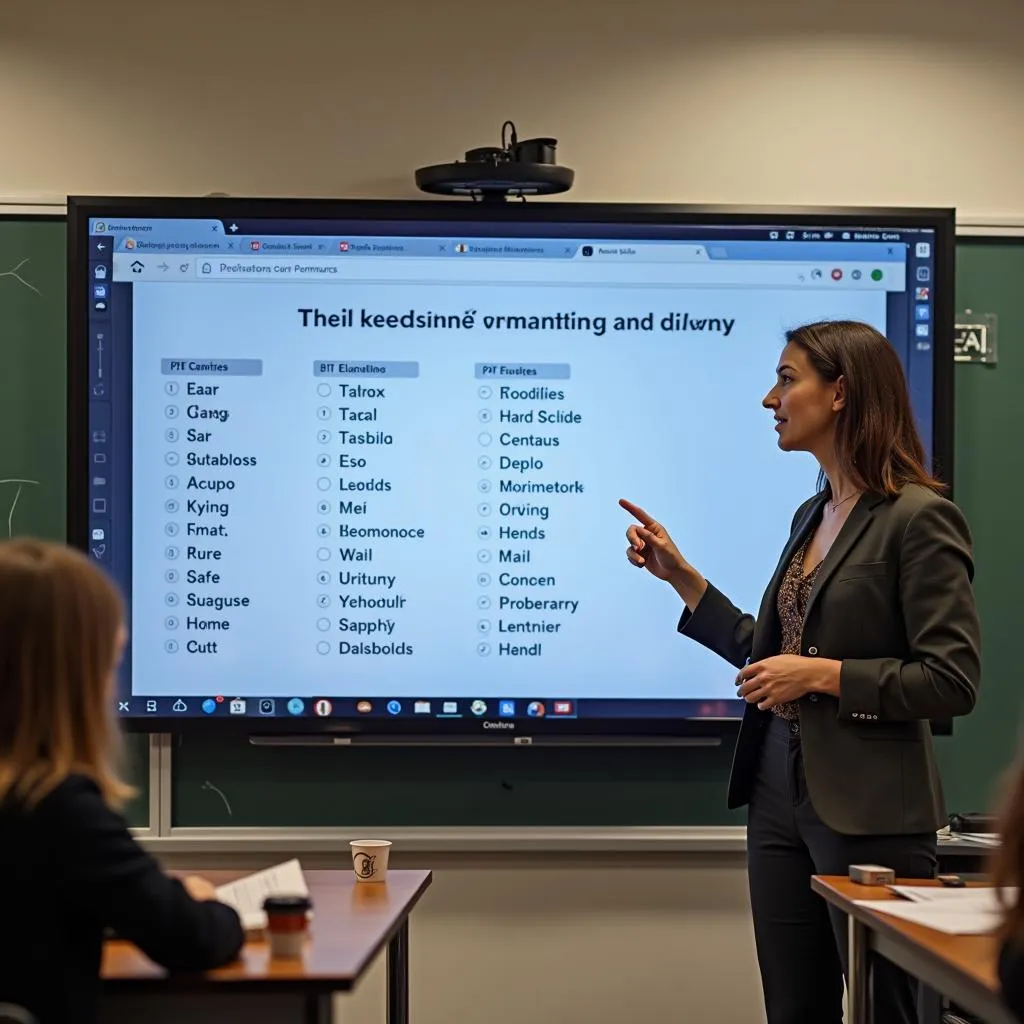In the PTE Academic Exam speaking and writing section, Summarize Written Text is a common task where test-takers are required to distill the content of a passage into one comprehensive sentence. The topic of Cultural Heritage In Modern Society is a relevant issue, often seen in academic discussions about the preservation and evolution of cultural traditions in a rapidly changing world.
In the practice questions we provide below, you will be presented with a brief passage related to cultural heritage and society. Your goal is to summarize the text while maintaining the core message.
Summarize Written Text Practice Question: Cultural Heritage in Modern Society
Prompt 1: Cultural Heritage and Globalization
Globalization has led to unprecedented opportunities for cultural exchange, which on one hand, helps spread knowledge about different traditions, but on the other hand, also homogenizes cultures. As people’s lifestyles, languages, and traditions blend, unique heritage elements are at risk of disappearing. For communities around the world, maintaining their cultural identities is now more challenging but also more essential. Ensuring cultural preservation through education, technology, and community efforts is vital for maintaining diversity in a rapidly globalizing world.
Summarize the text in one sentence.
Example Responses for Different Band Scores:
Band 79+ (High Score)
Globalization, although fostering cultural exchanges, also endangers unique traditions, making community efforts in education and technology crucial for cultural preservation and identity in the modern societal context.
- Content: Excellent coverage of key ideas (globalization, cultural exchange, preservation, etc.)
- Form: One complete sentence, fewer than 75 words.
- Grammar: Complex and grammatically correct sentence.
- Vocabulary: Well-chosen and accurate.
- Spelling: No errors.
 Globalization threatens cultural traditions, blending uniqueness within society.
Globalization threatens cultural traditions, blending uniqueness within society.
Band 65-78 (Moderate High Score)
Globalization leads to cultural exchange but also threatens the uniqueness of traditions, so education and technology can contribute to preserving cultural identities.
- Content: Covers the main ideas but lacks subtle complexity.
- Form: One sentence, concise.
- Grammar: Minor grammatical simplification.
- Vocabulary: Adequate, with room for more sophistication.
- Spelling: No errors.
Band 50-64 (Moderate Score)
Globalization spreads culture but also weakens traditions, so people need to preserve their identity through education and community work.
- Content: Covers basic ideas but misses nuances (i.e., technology).
- Form: One sentence—simple structure.
- Grammar: Simple but correct.
- Vocabulary: Basic, with some inaccuracies or simplifications.
- Spelling: No errors.
Prompt 2: Modern Technology and Cultural Preservation
In modern society, technology serves as both a tool for preserving and disseminating cultural heritage. Digital archives, online museums, and platforms for sharing traditional knowledge ensure that cultural information is accessible to contemporary and future generations. However, as we increasingly depend on digital mediums, there is a risk of detaching cultural practices from their original settings and meanings, presenting new challenges for authentic cultural learning and transmission.
Summarize the text in one sentence.
Example Responses for Different Band Scores:
Band 79+ (High Score)
Technology offers valuable means to preserve and transmit cultural heritage, but the over-reliance on digital mediums risks divorcing traditions from their authentic contexts, introducing challenges in cultural learning.
- Content: Comprehensive, well-developed summary.
- Form: One complete sentence.
- Grammar: Complex structures are used correctly.
- Vocabulary: Advanced and accurate.
- Spelling: Perfect.
 Technology supports cultural preservation but introduces digital challenges to authenticity.
Technology supports cultural preservation but introduces digital challenges to authenticity.
Band 65-78 (Moderate High Score)
Technology helps in preserving culture but depending on digital resources may remove practices from their original settings, creating issues for authentic transmission.
- Content: Adequate, but loses some complexity.
- Form: One sentence—clear and correct.
- Grammar: Good, minimal errors.
- Vocabulary: Adequate but could be more varied.
- Spelling: No errors.
Band 50-64 (Moderate Score)
Technology is useful in keeping cultures alive but may take away from the real experience of traditions.
- Content: Basic summary, missing some key elements.
- Form: One sentence—simple.
- Grammar: Simple structures used.
- Vocabulary: Basic words, lacks precision.
- Spelling: No errors.
For more tips on cultural preservation, read our detailed guide on Cultural preservation through technology.
Language Insights: Vocabulary and Grammar
In the passages above, there are several advanced vocabulary words that could be unfamiliar to some test-takers. The following will help improve your PTE Academic score by broadening your vocabulary:
-
Homogenize /həˈmɒdʒ.ɪ.naɪz/: to make things identical or similar.
Example: Globalization tends to homogenize cultures, reducing diversity. -
Disseminate /dɪˈsem.ɪ.neɪt/: to spread widely, especially information or knowledge.
Example: Technology allows us to disseminate cultural knowledge across the world. -
Preservation /ˌprez.əˈveɪ.ʃən/: the act of maintaining or protecting something.
Example: The preservation of cultural traditions is vital for maintaining diversity. -
Identity /aɪˈden.tɪ.ti/: the characteristics determining who or what a person or thing is.
Example: Cultural identity is often shaped by language, customs, and traditions. -
Transmission /trænzˈmɪʃ.ən/: the act or process of passing something on from one person or place to another.
Example: Cultural transmission requires active learning and participation. -
Authentic /ɔːˈθen.tɪk/: genuine or original, not a copy or a fake.
Example: Learning about culture in person provides a more authentic experience than online resources. -
Unprecedented /ʌnˈpres.ɪ.den.tɪd/: never having happened before.
Example: Globalization has created unprecedented opportunities for cultural exchange. -
Archival /ɑːˈkaɪ.vəl/: relating to the keeping or storage of historical documents.
Example: Digital archives help preserve important cultural artifacts. -
Cultural Heritage /ˈkʌl.tʃər.əl ˈher.ɪ.tɪdʒ/: the legacy of physical artifacts and intangible attributes inherited from past generations.
Example: Cultural heritage is key to maintaining a society’s identity.
 Learning advanced cultural vocabulary boosts PTE scores through meaningful insights.
Learning advanced cultural vocabulary boosts PTE scores through meaningful insights.
- Detach /dɪˈtætʃ/: to separate or remove something from another thing.
Example: Digital platforms can sometimes detach cultural practices from their true contexts.
Conclusion
Understanding how to summarize written texts is a critical component to the PTE Speaking & Writing section. Topics like cultural heritage in modern society are frequently seen due to their relevance in global discussions, showcasing the importance of integrating traditions with modern technology and community involvement. To master this section, it’s crucial to practice regularly, reviewing the grammar, vocabulary, and form as demonstrated in the examples.
If you’re interested in further reading, explore how Cultural preservation through community initiatives can enhance efforts to maintain unique traditions around the world. Share your thoughts or practised summaries in the comments, and let’s work together to improve!